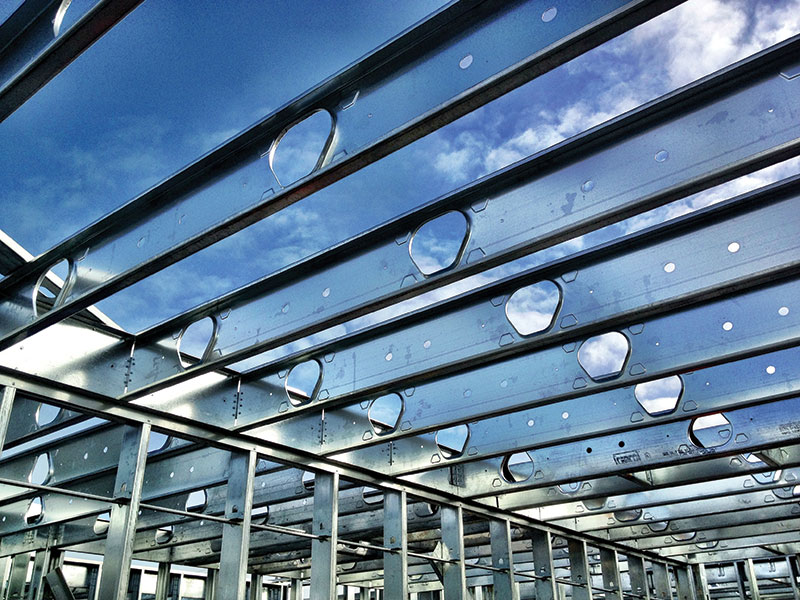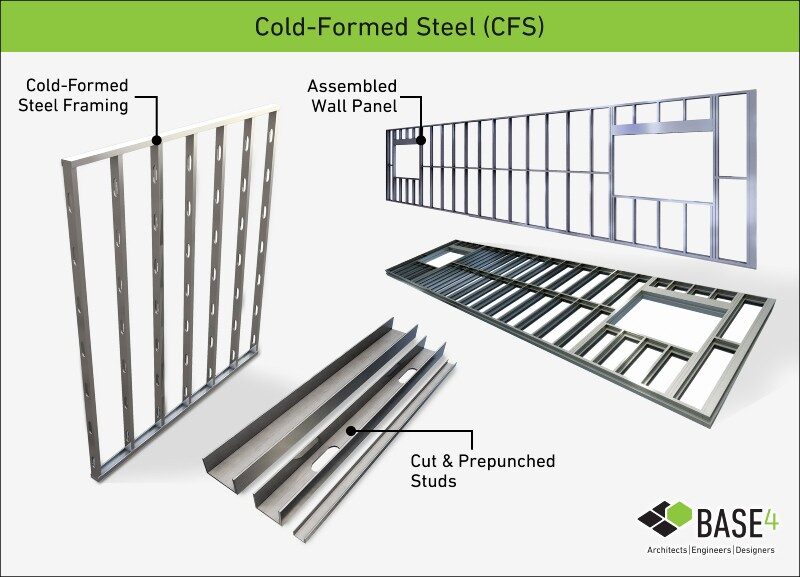

Ultimately, the primary differences between hot-formed steel and cold-formed steel can be found in the process used to create them.

The catalyst for this change is often understood to be the publication of the first cold-formed steel design guide in 1946 out of Cornell University.

Over the years, the construction industry grew to incorporate cold-formed steel framing as a standard building material to meet the need for safe and strong structures. However, the general use of cold-formed steel studs framing in construction did not begin until the 1900s due to the extensive availability of other more familiar materials and a lack of standardized design methods and information regarding cold-formed steel framing. This was during the period of time following the First Industrial Revolution, when population rates in America were on a steep rise and businesses were looking for ways to continue to advance the established societal foundation of production and manufacturing. The introduction of cold-formed steel (or Light Gauge Metal) in North America industries began in the early 1850s. These factors are what make cold-formed steel studs framing so ideal for many modern feats of construction. This room-temperature process allows cold-formed steel to have a different chemical composition than certain other shaped metals, making it strong, durable, and lightweight, among other valuable characteristics. This is a sturdy and reliable construction material used widely in the foundation and framing of modern buildings and homes.ĭespite what the name might seem to suggest, cold-formed steel studs are manufactured at roughly room temperature however, this is comparatively much colder than the temperature at which steel is often shaped.

Cold-formed steel studs products are most notably designed for various structural purposes. What is Cold-Formed Steel?Ĭold-formed steel, also referred to as CFS, or metal stud framing, is a term used to describe the manufactured steel products that are produced via cold-working processes such as stamping, rolling, and shaping. But what exactly is this product that we have come to depend so heavily on? To answer these questions, here is a comprehensive guide to cold-formed steel. This material is found in the most progressive homes and buildings of modern society. Cold Formed Steel is arguably one of the most sustainable and increasingly-popular contemporary building products.


 0 kommentar(er)
0 kommentar(er)
